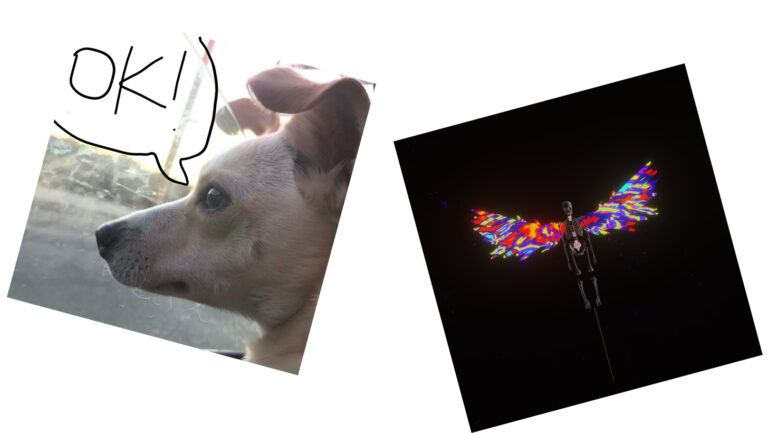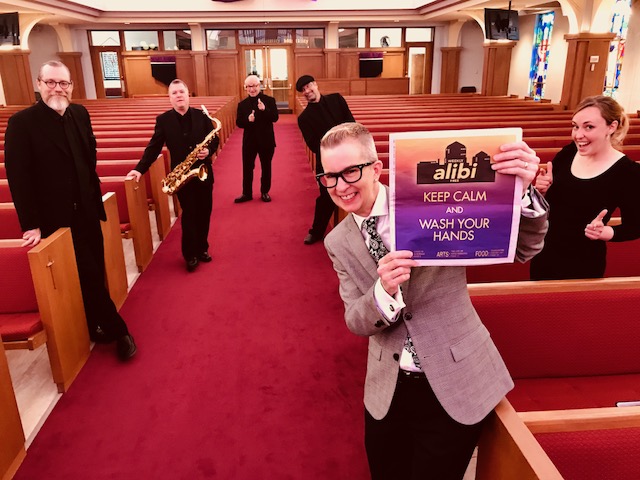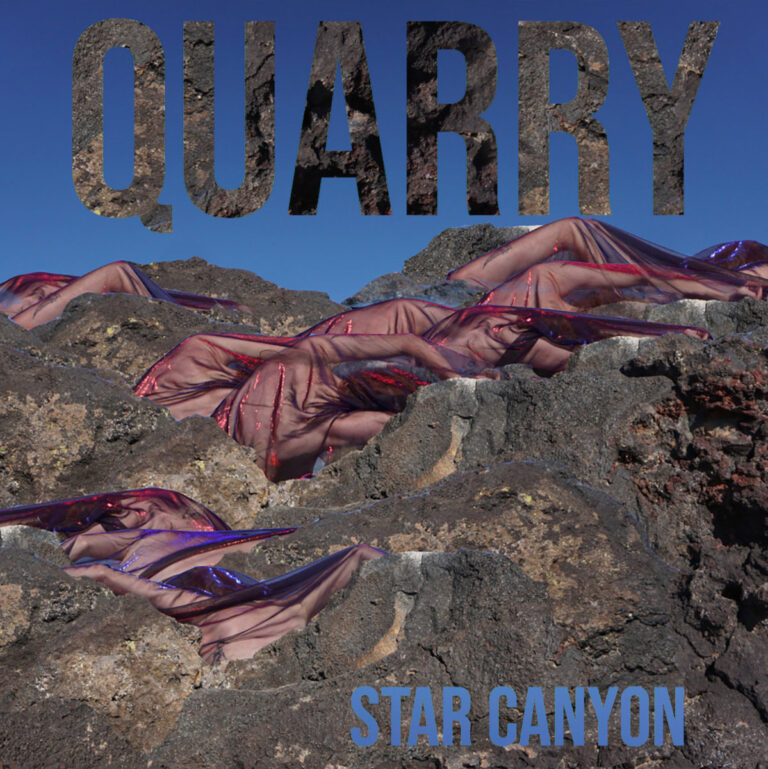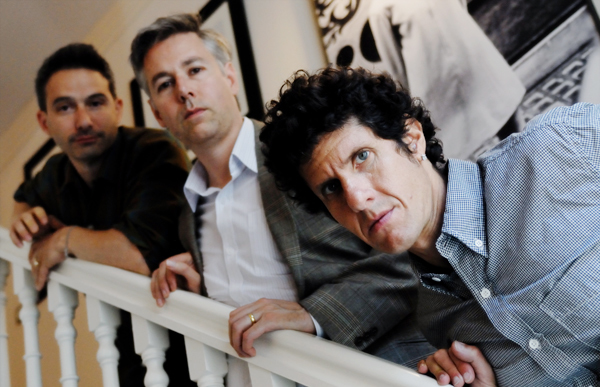Naxos has recently released two discs of Diamond's orchestral works; another two discs are forthcoming. All are Seattle Symphony reissues, recorded for Delos in the early '90s conducted by long-time Diamond champion Gerard Schwarz.
Disc 1 features two “ritual” works, Psalm and Kaddish for Cello and Orchestra, plus Symphony No. 3. Psalm was first performed in 1936 by the Rochester Philharmonic; Kaddish was first heard at the Seattle Symphony in 1990, featuring cello soloist Yo-Yo Ma.
The “ritual” works share a stoic sadness that reflects the suffering of the Jewish people. The dramatic Psalm, featuring huge slams of percussion and much modern-sounding dissonance, was dedicated to André Gide, and inspired by a visit to Oscar Wilde's tomb in Paris. Kaddish is quite poignant and elegiac.
Symphony No. 3's opening Allegro proceeds vigorously with marked forward momentum. Its Andante's sweet, flowing sadness culminates magically, transforming into a far more joyful Allegro, while the final Adagio's lovely lyricism flows to a beautiful elegiac ending.
Disc 2 presents Diamond's Symphony No. 1, Violin Concerto No. 2, and The Enormous Room Fantasia. Symphony No. 1 was written under the influence of Diamond's teacher Nadia Boulanger, and was premiered by Dimitri Mitropoulos and the New York Philharmonic Society on Dec. 21, 1941. Though Diamond wrote the Violin Concerto No. 2 in 1947, it received only one performance until Gerard Schwarz triumphed over legal entanglements and unearthed it in 1991. It is a most beautiful work, with flights of lyric fancy that prove quite irresistible. After an astringent opening, violinist Ilkka Talvi settles in to deliver an affectingly sweet performance, especially tender in the middle movement Adagio.
Diamond describes The Enormous Room as a lyrical symphonic “free-form fantasia” based on the snow scene in E.E. Cummings' book of the same name. The work proceeds from what Cummings terms “a new and beautiful darkness'” to a closing filled with “things new and curious and hard and strange and vibrant and immense.” Like the Violin Concerto No. 2, it is a beautiful work that deserves a place on today's symphonic programs.








